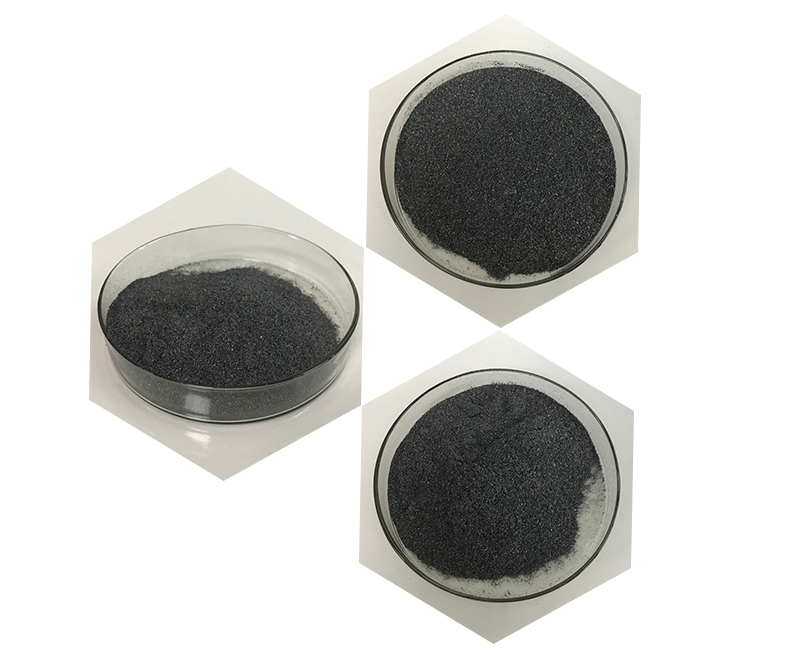Graphene, a single layer of carbon atoms arranged in a hexagonal lattice, has gained significant attention for its unique properties. Here are some pros and cons of graphene:
Pros of Graphene:
Exceptional Strength: Graphene is incredibly strong, even stronger than steel. It has high tensile strength, making it a promising material for various structural applications.
Conductivity: Graphene is an excellent conductor of electricity. Its high electron mobility makes it suitable for electronic and electrical applications, including transistors and other electronic devices.
Flexibility: Graphene is extremely flexible and can be stretched without losing its structural integrity. This flexibility makes it suitable for flexible electronics and wearable technologies.

Transparency: Graphene is transparent, allowing light to pass through. This property makes it useful for applications in transparent conductive films for touchscreens and other display technologies.
Thermal Conductivity: Graphene exhibits high thermal conductivity, making it a potential material for heat dissipation in electronic devices.
Chemical Inertness: Graphene is chemically inert, which means it is resistant to many chemicals. This property enhances its durability and stability in various environments.
Cons of Graphene:
Production Challenges: Large-scale production of high-quality graphene remains a challenge. Methods to produce graphene in large quantities and at a low cost are still being developed.
Lack of Band Gap: Graphene does not have an inherent band gap, which limits its use in certain electronic applications. This property can be a drawback for creating semiconductors.
Environmental Impact: Some production methods of graphene involve the use of harsh chemicals, which may have environmental implications. Developing environmentally friendly production methods is an ongoing concern.

Integration Challenges: Integrating graphene into existing technologies can be challenging. Compatibility issues with other materials and manufacturing processes need to be addressed.
Fragility: While graphene is incredibly strong, it can be brittle in certain forms. The challenge lies in finding the right balance between strength and brittleness for specific applications.
Standardization and Regulation: As graphene-based products emerge, there is a need for standardization and regulation to ensure safety and reliability. This is an area that requires further development.
In summary, graphene offers remarkable properties with great potential in various fields, but challenges in production, integration, and standardization need to be addressed for its widespread adoption.
